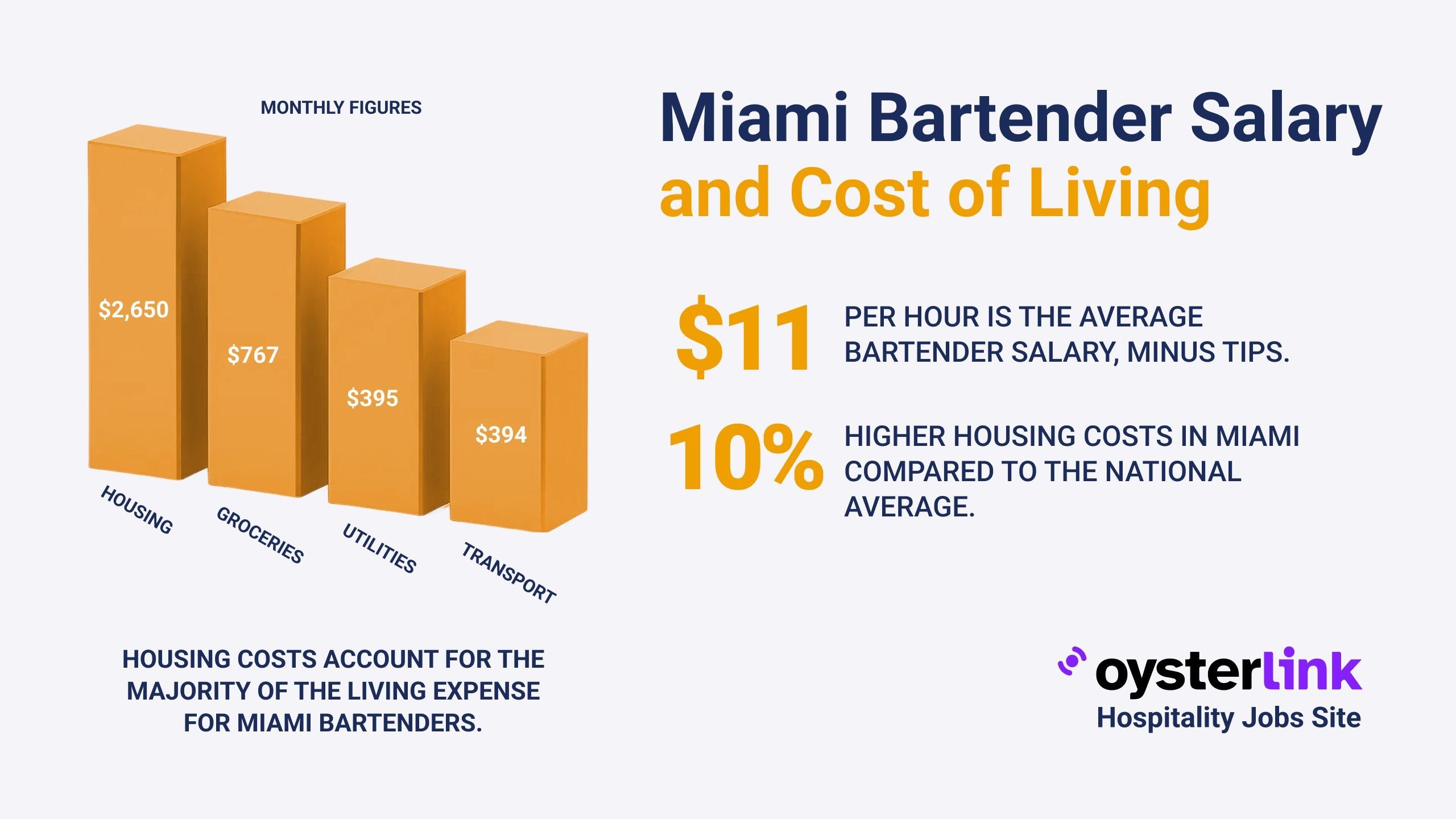Minnesota Cost of Living: Quick Takeaways
- Housing Costs: The average rent for a one-bedroom apartment in Minnesota is projected to be $1,595 in 2025.
- Transportation Expenses: Public transit fares are $2.00 one-way with monthly passes at $65; fuel costs average $3.13 per gallon.
- Healthcare Costs: Average monthly employer-sponsored health insurance is approximately $140.33, with Silver plan premiums around $621.
- Income Levels: Median household income in Minnesota is expected to be $72,200 in 2025.
Minnesota's cost of living reflects diverse factors from housing to utilities and healthcare. Understanding these costs helps residents and newcomers plan effectively.
This article provides a detailed breakdown of Minnesota's cost of living in 2025, highlighting key expenses and trends to consider.
1. Housing Costs in Minnesota
Housing represents a major portion of living expenses. Below is the historical average rent for a one-bedroom apartment in Minnesota:
- 2010: $900
- 2015: $1,050
- 2020: $1,200
- 2024: $1,550
- 2025: $1,595
The steady increase highlights rising demand and evolving market conditions in housing.
For hospitality businesses, understanding real estate market trends in hospitality can be crucial for location decisions.
2. Homeownership and Real Estate Trends in Minnesota
Homebuyers have witnessed significant changes over recent years:
- 2010: Median home price was about $150,000
- 2015: $200,000
- 2020: $300,000
- 2024: $343,000
- 2025: $349,222
These figures reflect solid growth in Minnesota's housing market, affecting affordability and investment potential.
3. Transportation Expenses in Minnesota
Transportation costs feature public transit fares, fuel and vehicle maintenance:
- Public Transit: One-way fares are $2.00; monthly passes cost $65
- Fuel: Average price per gallon is $3.13 as of 2025
- Vehicle Maintenance: Annual average expenses are roughly $1,200
Actual costs depend on commuting habits and choice of transportation.
For hospitality employers managing staff transportation benefits, insights from current hospitality real estate and commuting trends can help plan strategically.
4. Utility Costs in Minnesota
Typical monthly utility costs for a standard apartment include:
- Electricity: $199.52
- Internet: $60.00
Total average monthly utilities reach about $259.52, influenced by usage and providers.
5. Grocery and Food Expenses in Minnesota
Monthly grocery expenses per person are estimated at $300.00. Dining out costs vary from casual meals at $15 to mid-range dining at $50.
Grocery prices are slightly above national averages, reflecting regional variations.
Restaurants and foodservice businesses might explore current restaurant consumer trends to adapt menu pricing accordingly.
6. Healthcare Costs in Minnesota
Healthcare spending includes:
- Employer-Sponsored Insurance: Monthly cost averages $140.33
- Silver Plan Premium: About $621 monthly
Costs vary widely depending on coverage and medical needs.
Employers in hospitality may find value in reviewing employee evaluation and benefits strategies to optimize staff satisfaction and retention.
7. Educational Expenses in Minnesota
Education options and costs include:
- Public Schools: Generally no direct tuition cost
- Private School Tuition: Average around $10,000 per year
- In-State University Tuition: Approximately $6,381 annually
These figures provide a general overview but can differ by institution.
8. Entertainment and Leisure in Minnesota
Recreational costs encompass:
- Movie Tickets: $14 each
- Gym Memberships: $28.66 monthly on average
- Mid-Range Restaurant Meals: Roughly $40 per meal
Entertainment expenses contribute significantly to quality of life.
Restaurants and bars should consider new ideas like those shared in creative restaurant marketing ideas to attract more customers.
9. Taxes and Miscellaneous Fees in Minnesota
Key taxes include:
- State Income Tax Rate: Ranges from 5.35% to 9.85%
- Sales Tax: About 6.875%
- Property Tax Rate: Approximately 1.05%
These taxes affect both residents' finances and business operations.
Hospitality business owners should be aware of tax tips specifically for restaurants to manage expenses efficiently.
10. Childcare and Family Expenses in Minnesota
Typical childcare costs encompass:
- Daycare: $700 per month
- After-School Programs: $300 per month
- Extracurricular Activities: $100 monthly
Families should account for these when budgeting household expenses.
11. Clothing and Personal Care in Minnesota
Monthly expenses for clothing and personal care are as follows:
- Clothing: $115 approximately
- Personal Care: $54 on average
These reflect typical spending patterns but may fluctuate individually.
12. Insurance Costs in Minnesota
Major insurance expenses include:
- Health Insurance: Monthly premiums average $621
- Auto Insurance: Annual cost is about $2,364
- Homeowners Insurance: Approximately $1,951 yearly
- Renters Insurance: Around $180 annually
Insurance is essential for managing risks and legal compliance.
For hospitality employers, having good knowledge of restaurant insurance costs helps protect the business from potential liabilities.
13. Miscellaneous Expenses in Minnesota
Residents typically spend on:
- Entertainment: Around $2,482 annually
- Personal Care Services: Roughly $768 yearly
- Miscellaneous Goods & Services: Approximately $707 per year
These costs vary depending on lifestyle choices.
14. Income and Salaries in Minnesota
Median household incomes have increased over recent years:
- 2010: $46,000
- 2015: $50,000
- 2020: $57,760
- 2023: $72,200
- 2025: $72,200 (projected)
This illustrates steady economic growth and rising earnings.
Hospitality managers hiring local talent in Minnesota could benefit from effective restaurant staff hiring strategies tailored to the state’s cost environment.
15. Comparison with National Averages
Compared to national figures, Minnesota shows:
- Overall Cost of Living: About 5% lower
- Housing: Roughly 16% lower
- Utilities: 3% below average
- Food: 3% higher than national average
- Healthcare: 1% lower
- Transportation: 4% below average
- Goods & Services: 1% lower
These comparisons offer perspective on Minnesota's relative affordability.
Understanding salary trends, such as those found in hospitality wages in 2025, can further assist businesses in planning competitive compensation.
Our Methodology for Minnesota Cost of Living Figures
We compile data from trusted sources including Numbeo, BLS, Zillow, Statista and government databases. Some figures are estimates when precise data are unavailable, ensuring a comprehensive view of living costs.
Minnesota Cost of Living: Conclusion
Minnesota presents a diverse cost landscape in 2025 with affordable housing relative to national averages and steady income growth.
Transportation and healthcare costs remain manageable, while food expenses are slightly elevated.
By understanding the detailed factors influencing expenses, residents and those considering moving can better navigate financial decisions in Minnesota.
For hospitality industry professionals considering a career in Minnesota, reviewing the bartender career path or restaurant manager pathways can be valuable resources.

.webp)
.webp)
.png)
